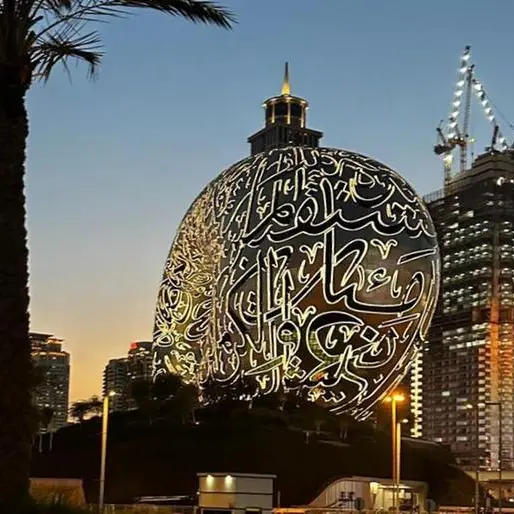- Partnership encourages cross-societal understanding through arts and culture
PARIS: – Today the world renowned Musée du Louvre officially opened new and expanded spaces to explore Islamic art in the museum’s Department of Islamic Art, with the support of Alwaleed Philanthropies, the global philanthropic foundation. The announcement builds on the two organizations’ longstanding partnership, which aims to strengthen understanding across societies through arts and culture.
The new and expanded spaces, which comprise a refreshed entrance area and new temporary exhibition space, offers visitors an immersive introduction to Islamic art. It will make one of the world’s most distinguished collections of its type more accessible to visitors, helping to build bridges between different faiths, cultures and countries.
Visitors to the new and expanded spaces will experience interactive displays and view specially selected objects to illustrate the history of Islamic art. The center showcases a diverse range of art and artifacts stretching from Spain to India, and explains the evolution of Islamic art in style, form and medium as it interacted with other artistic traditions through time.
Alwaleed Philanthropies and the Musée du Louvre’s partnership dates to 2002, and in 2005 the foundation donated $23 million to help construct the Department of Islamic Art.
HRH Princess Lamia Bint Majed Al Saud, Secretary General of Alwaleed Philanthropies, said: “We believe that art has a special ability to unite people of different cultures and faiths. The new and expanded spaces allow visitors to enjoy world-class Islamic art and appreciate the shared human values expressed in its creativity. Importantly, this space has also been designed to be inclusive of everyone, with interactive features to ensure the art can be experienced by all.”
Jean Luc-Martinez, President of the Musée du Louvre: “On behalf of the Musée du Louvre, I would like to thank Alwaleed Philanthropies for its commitment in favor of the Islamic Arts Department. Thanks to this redesign, we hope to reach even more visitors, and provide them the keys to understanding the wonderful artistic heritage with which we have been entrusted.”
Yannick Lintz, Director of the Department of Islamic Art: “Designing the displays and selecting objects to feature in this area of introduction has been a thought-provoking process. It is important to show the true history and range of this exceptional culture and its contribution to, and interaction with, humanity’s collective artistic cannon. All are welcome to see if we gathered the right ensemble.”
The new and expanded spaces for exploring Islamic art has been designed to offer full disability access and includes a series of interactive displays throughout the entrance area and new exhibition space.
-Ends-
© Press Release 2019Disclaimer: The contents of this press release was provided from an external third party provider. This website is not responsible for, and does not control, such external content. This content is provided on an “as is” and “as available” basis and has not been edited in any way. Neither this website nor our affiliates guarantee the accuracy of or endorse the views or opinions expressed in this press release.
The press release is provided for informational purposes only. The content does not provide tax, legal or investment advice or opinion regarding the suitability, value or profitability of any particular security, portfolio or investment strategy. Neither this website nor our affiliates shall be liable for any errors or inaccuracies in the content, or for any actions taken by you in reliance thereon. You expressly agree that your use of the information within this article is at your sole risk.
To the fullest extent permitted by applicable law, this website, its parent company, its subsidiaries, its affiliates and the respective shareholders, directors, officers, employees, agents, advertisers, content providers and licensors will not be liable (jointly or severally) to you for any direct, indirect, consequential, special, incidental, punitive or exemplary damages, including without limitation, lost profits, lost savings and lost revenues, whether in negligence, tort, contract or any other theory of liability, even if the parties have been advised of the possibility or could have foreseen any such damages.



















